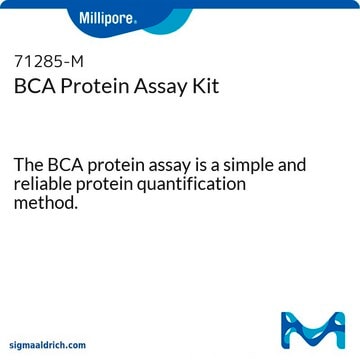R1756
Rhodanese from bovine liver
Type II, essentially salt-free, lyophilized powder, 100-300 units/mg solid
Synonym(s):
Thiosulfate Sulfur Transferase, Thiosulfate:cyanide sulfurtransferase
Select a Size
€434.00
In StockDetails
Select a Size
About This Item
€434.00
In StockDetails
Recommended Products
type
Type II
Quality Level
form
essentially salt-free, lyophilized powder
specific activity
100-300 units/mg solid
storage temp.
−20°C
Looking for similar products? Visit Product Comparison Guide
Application
Biochem/physiol Actions
Unit Definition
Storage Class Code
11 - Combustible Solids
WGK
WGK 3
Flash Point(F)
Not applicable
Flash Point(C)
Not applicable
Personal Protective Equipment
Choose from one of the most recent versions:
Certificates of Analysis (COA)
Don't see the Right Version?
If you require a particular version, you can look up a specific certificate by the Lot or Batch number.
Already Own This Product?
Find documentation for the products that you have recently purchased in the Document Library.
Active Filters
Our team of scientists has experience in all areas of research including Life Science, Material Science, Chemical Synthesis, Chromatography, Analytical and many others.
Contact Technical Service








